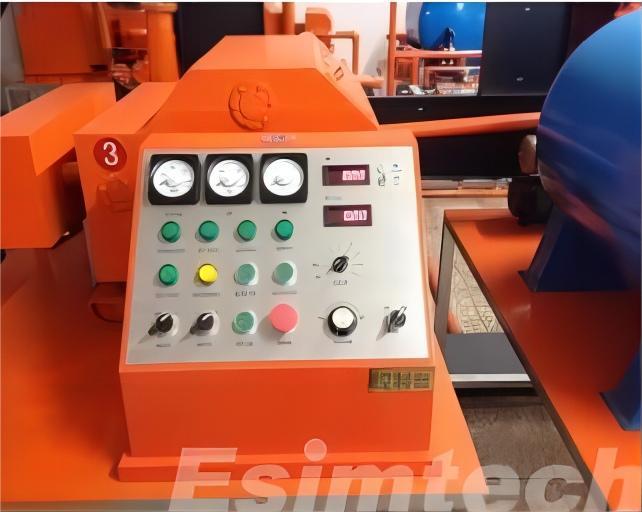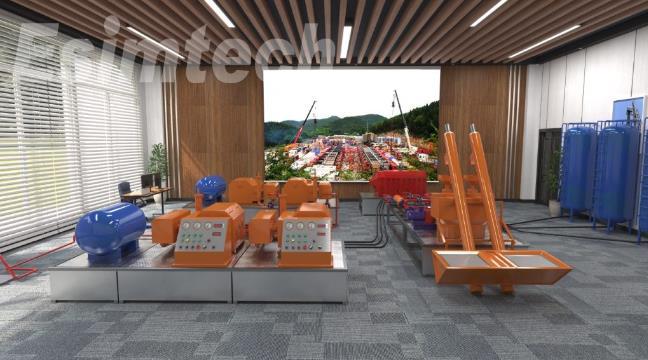Understanding Oilfield Acid Jobs and Their Simulation Techniques

In the realm of enhanced oil recovery (EOR) techniques, oilfield acid jobs play a pivotal role in optimizing well productivity. These procedures involve the controlled injection of acid into the reservoir formation to dissolve mineral deposits, increase permeability, and stimulate hydrocarbon flow. The complexity of such operations necessitates the use of advanced simulation techniques to accurately model and predict the outcomes of acidizing treatments.
This article delves into the intricacies of oilfield acid jobs and the role that simulators play in enhancing their effectiveness.

Oilfield Acid Jobs: A Closer Look
Oilfield acid jobs are performed to rejuvenate well productivity by removing various types of formation damage. Over time, reservoir formations can experience reduced permeability due to factors like mineral scaling, fines migration, and oil emulsions. Acidizing treatments, involving the injection of acids such as hydrochloric acid (HCl) or blend acids, aim to dissolve these obstructions and improve fluid flow pathways.
There are different types of acid jobs:
l Matrix Acidizing: This method treats the near-wellbore region, dissolving deposits that obstruct the pore spaces and fractures in the reservoir rock.
l Fracture Acidizing: Primarily used in carbonate formations, this technique targets fractures and helps create conductive pathways for hydrocarbons.
l Acid Fracturing: A combination of hydraulic fracturing and acidizing, this method not only creates fractures but also enhances their conductivity using acid.

The Role of Simulators
Simulation tools are indispensable when it comes to planning, optimizing, and evaluating the effectiveness of oilfield acid jobs. These tools replicate the reservoir's intricate characteristics and fluid behavior, offering engineers and reservoir managers insights that guide decision-making. Here's how simulators contribute to the success of acidizing operations:
1. Accurate Reservoir Characterization: Simulators integrate data from various sources to create a comprehensive model of the reservoir. They account for factors such as reservoir geometry, rock properties, fluid composition, and formation damage.
2. Treatment Design and Optimization: By inputting parameters like acid concentration, injection rate, and fluid-rock interactions, simulators help design optimal treatment scenarios. Engineers can run simulations to predict outcomes and fine-tune parameters for maximum efficiency.
3. Visualizing Flow Paths: Simulators visualize how injected acid propagates within the reservoir, helping engineers understand how fractures, pore spaces, and permeability are affected. This aids in identifying potential bypassed zones and tailoring treatments accordingly.
4. Sensitivity Analysis: Simulators enable sensitivity analysis, allowing engineers to identify the most influential parameters. This guides decisions regarding treatment design and adjustments.
5. Risk Mitigation: Through simulators, engineers can assess potential risks associated with acidizing, such as the risk of acid fracture propagation or reservoir damage. This information informs safety protocols and contingency plans.

Conclusion
Oilfield acid jobs stand as a critical technique to enhance well productivity by mitigating reservoir damage and increasing hydrocarbon flow. The sophisticated nature of these operations necessitates the use of simulation tools to ensure successful outcomes. Simulators provide engineers with a virtual testing ground, where treatment scenarios can be explored, optimized, and validated prior to implementation.
As technology advances, the integration of real-time data into simulations promises even more accurate predictions and a higher degree of control over oilfield acid jobs, ultimately contributing to the efficient recovery of valuable hydrocarbon reserves.
- Art
- Causes
- Crafts
- Dance
- Drinks
- Film
- Fitness
- Food
- Games
- Gardening
- Health
- Home
- Literature
- Music
- Networking
- Other
- Party
- Religion
- Shopping
- Sports
- Theater
- Wellness


